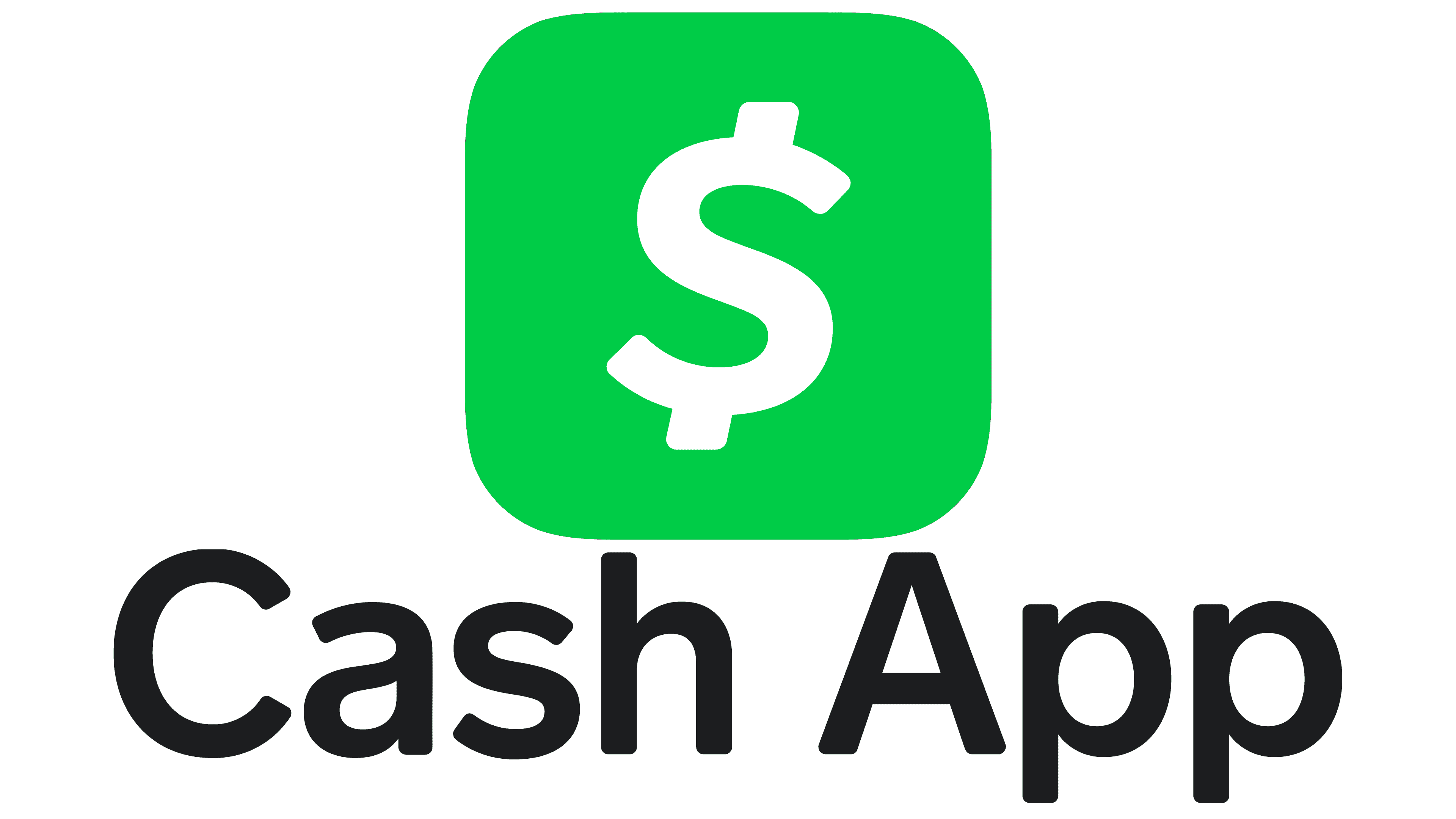Compare and Find the Best Checking Accounts for December 2025
A standard checking account often serves as a quiet place for money to rest between paychecks, but the right account functions as a high-performance e...
- Compare our recommended checking accounts
- Discover the best rates available
- Find out how to open your checking account
Find your bank account

Since 2014, Financer has helped 433,601 people make better financial decisions.
Reviewed by 6 people
Reviewed by 4 people
While we do our best to keep the data up to date, we can't guarantee the complete accuracy on a day-to-day
Best Checking Accounts in December 2025
Choosing the right checking account can significantly impact your financial life. Whether you're looking for high interest rates, low fees, or attractive perks, we'll help you find the best checking account for you.
Based on our extensive research, here are some of the best checking accounts available in 2025.
Now that we've highlighted the top checking accounts for 2025, let’s discuss what checking accounts are, how to choose the best one for your needs, and everything else you need to know to make an informed decision.
What Are Checking Accounts?
Checking accounts are versatile deposit accounts designed for everyday financial transactions. They allow you to easily manage your money through various methods:
Debit card purchases
ATM withdrawals
Online bill payments
Electronic transfers
Paper checks (though less common now)
Unlike savings accounts, checking accounts typically offer unlimited transactions, making them ideal for daily use.
Comparing The Best Checking Accounts
Reference the table below to help you easily compare the features and benefits of various checking accounts.
It includes our top picks along with a few other popular options to give you a broader perspective.
| Bank/Account | APY | Monthly Fee | Min. Balance | Sign-up Bonus | Notable Features |
|---|---|---|---|---|---|
| Discover Cashback Debit | N/A | $0 | $0 | N/A | 1% cash back on up to $3,000 monthly purchases |
| Axos Bank Rewards Checking | Up to 3.30% | $0 | $0 | Up to $500 | Unlimited domestic ATM fee reimbursements |
| Chase College Checking℠ | 0.01% | $0 for up to 5 years | $0 | $100 | Access to 16,000 ATMs, mobile banking |
| Alliant Credit Union High-Rate Checking | 0.25% | $0 | $0 | Up to $100 | 80,000+ ATMs, early direct deposit |
| Capital One 360 Checking | 0.10% | $0 | $0 | N/A | 70,000+ fee-free ATMs, no foreign transaction fees |
| Chime Checking Account | N/A | $0 | $0 | N/A | No overdraft fees, early direct deposit |
| Schwab Bank High Yield Investor Checking | 0.45% | $0 | $0 | N/A | Unlimited ATM fee rebates worldwide |
Note: Rates and offers are subject to change. Check with the financial institutions directly for the most current information.
How to Choose the Best Checking Account
When selecting a checking account, consider the following factors:
Key Factors in Choosing a Checking Account
Fees: Look for accounts with minimal or no monthly maintenance fees, ATM fees, and overdraft fees.
APY (Annual Percentage Yield): Some checking accounts now offer competitive interest rates, especially online banks.
Minimum Balance Requirements: Choose an account with a minimum balance you can comfortably maintain.
ATM Network: Consider the size and accessibility of the bank's ATM network.
Online and Mobile Banking Features: Look for robust, user-friendly digital banking options.
Additional Perks: Some accounts offer cash back, sign-up bonuses, or other rewards.
Customer Service: Consider the availability and quality of customer support.
Types of Checking Accounts
Understanding different types of checking accounts can help you choose the one that best fits your needs:
Traditional Checking Accounts
Basic accounts for everyday transactions. They may have monthly fees, but these are often waivable if you meet certain conditions.
High-Yield Checking Accounts
Offer significantly higher interest rates, ranging from 1.75% to 5.12% APY in December 2025. Top options include Hope Credit Union (5.12% APY), Connexus Credit Union Xtraordinary Checking (5.00% APY), and nbkc Everything Account (1.75% APY).
Rewards Checking Accounts
Provide perks like cash back on debit card purchases. Discover Cashback Debit is a prime example.
Student Checking Accounts
Designed for college students, often with lower fees and educational resources.
Senior Checking Accounts
Cater to older adults, sometimes offering higher interest rates or waived fees.
How to Open a Checking Account
Opening a checking account is typically a straightforward process. Whether you choose to open an account online or in-person at a branch, here are the key steps you'll need to follow:
1. Choose Your Bank
Select a bank or credit union based on your research and needs. Consider factors like fees, interest rates, ATM access, and online banking features.
2. Gather Required Documents
Typically, you'll need to provide the following:
A government-issued photo ID (such as a driver's license or passport)
Your Social Security number or Individual Taxpayer Identification Number
Proof of address (like a utility bill or lease agreement)
Initial deposit (the amount varies by bank)
3. Apply Online or In-Person
Many banks allow you to apply online, which can be more convenient. However, if you prefer personalized assistance, you can visit a branch to open your account.
Here is how these two products compare to one another.
| Online | In-Person |
|---|---|
| Convenient, can be done anytime | Personal assistance available |
| May offer online-only bonuses | Can resolve questions immediately |
| Might need to verify identity later | Account often active immediately |
4. Fund Your Account
Make an initial deposit to activate your account. This can usually be done via:
Cash deposit (if opening in-person)
Check deposit
Electronic transfer from another account
Mobile app deposits for instant funding
Same-day wire transfers
Direct deposit setup (often available up to 2 days early through Early Pay services)
Integration with payment apps like Zelle
5. Set Up Online Banking
Once your account is open:
Download the bank's mobile app
Set up your online banking credentials
Configure account alerts and notifications
Explore features like bill pay and mobile check deposit
Remember, the exact process may vary slightly depending on the bank and whether you're opening the account online or in person.
Some banks may have additional requirements or steps, especially for specialized accounts. Always check with your chosen bank for their specific account opening procedures.
Checking Account Fees to Watch Out For
While many modern checking accounts offer low or no fees, it's important to be aware of potential charges:
Common Checking Account Fees
Monthly Maintenance Fees: Some accounts charge a monthly fee, often waivable if you meet certain criteria.
Overdraft Fees: The average overdraft fee decreased to $26.77 in 2025, with 94% of accounts still charging this fee. Many banks now offer overdraft protection or have eliminated these fees entirely.
ATM Fees: The average total cost of using an out-of-network ATM is $4.86 in 2025, consisting of a $3.22 surcharge from the ATM-operating bank plus a $1.64 fee from your own bank.
Nonsufficient Funds (NSF) Fees: Have fallen to a record low of $16.82 in 2025.
Wire Transfer Fees: Domestic outgoing wire transfers average $27, while international outgoing wires average $44.
Foreign Transaction Fees: Using your debit card abroad may result in additional charges.
Checking vs. Savings Accounts: Understanding the Differences
While both are deposit accounts, checking and savings accounts serve different purposes:
| Feature | Checking Accounts | Savings Accounts |
|---|---|---|
| Purpose | Frequent transactions | Storing money and earning interest |
| Withdrawal Limits | Typically unlimited withdrawals | Many banks still limit to 6 withdrawals per month (federal requirement removed in 2020, but banks may maintain restrictions) |
| Access Tools | Come with debit card and checks | Typically no debit card or checks |
| Interest Rates | Lower interest rates (if any) | Higher interest rates |
| Best For | Day-to-day expenses | Emergency funds and saving toward financial goals |
Many people find it beneficial to have both types of accounts to manage their finances effectively.
Essential Mobile Banking Features
In today's digital age, a robust mobile banking app is crucial. Here are key features to look for:
Top Mobile Banking Features
Mobile Check Deposit: Deposit checks by simply taking a photo.
Peer-to-Peer Payments: Easily send money to friends and family.
Bill Pay: Set up and manage recurring payments.
Budgeting Tools: Track spending and set financial goals.
Card Controls: Freeze your debit card instantly if lost or stolen.
Custom Alerts: Get notified about account activity and low balances.
ATM Locator: Find nearby in-network ATMs.
A user-friendly mobile app with these features can significantly enhance your banking experience and help you manage your finances on the go.
Security Measures for Checking Accounts
In an era of increasing digital threats, robust security measures are crucial for protecting your checking account. Here are key security features to look for:
Remember, while banks implement robust security measures, your personal vigilance is crucial in protecting your financial information.
Switching Checking Accounts: A Step-by-Step Guide
Follow these steps to smoothly transition to your new checking account. Many banks now use Account Aggregation and Open Banking APIs to make switching more seamless:
Open Your New Account
Open your new checking account while keeping your old one active.
Update Direct Deposits
Provide your new account information to your employer and any other sources of direct deposits.
List Automatic Payments
Make a list of all automatic payments and subscriptions linked to your old account.
Transfer Automatic Payments
Update your payment information for each automatic payment with your new account details.
Leave a Small Buffer
Keep a small amount in your old account for a few months to catch any forgotten automatic payments.
Transfer Your Balance
Once you're sure all payments and deposits are coming from your new account, transfer the remaining balance.
Close Your Old Account
Contact your old bank to officially close the account and request written confirmation.
Switching checking accounts may seem daunting, but with careful planning, it can be a smooth process. The potential benefits of a better-suited account are often worth the effort.
Frequently Asked Questions
What's the difference between a bank and a credit union?
Banks are for-profit institutions, while credit unions are non-profit and member-owned. Credit unions often offer higher interest rates and lower fees, but may have limited locations and services compared to banks.
Can I have multiple checking accounts?
Yes, you can have multiple checking accounts, even at different banks. This can be useful for budgeting or separating personal and business finances.
What's the average interest rate for a checking account?
Traditional checking accounts often offer little to no interest. However, high-yield checking accounts can offer rates up to 3-5% APY, especially from online banks.
Are online-only banks safe?
Yes, reputable online banks are just as safe as traditional banks. Ensure the bank is FDIC-insured, which protects your deposits up to $250,000.
How often should I review my checking account options?
It's a good idea to review your checking account annually or whenever your financial situation changes significantly. This ensures you're still getting the best deal and features for your needs.
By taking the time to compare options and understand your own banking habits, you can select an account that not only meets your needs but also helps you make the most of your money.
Remember, the best checking account for you is one that aligns with your financial habits and goals. Take the time to compare options and don't hesitate to switch if you find a better fit. Your financial health is worth the effort!




